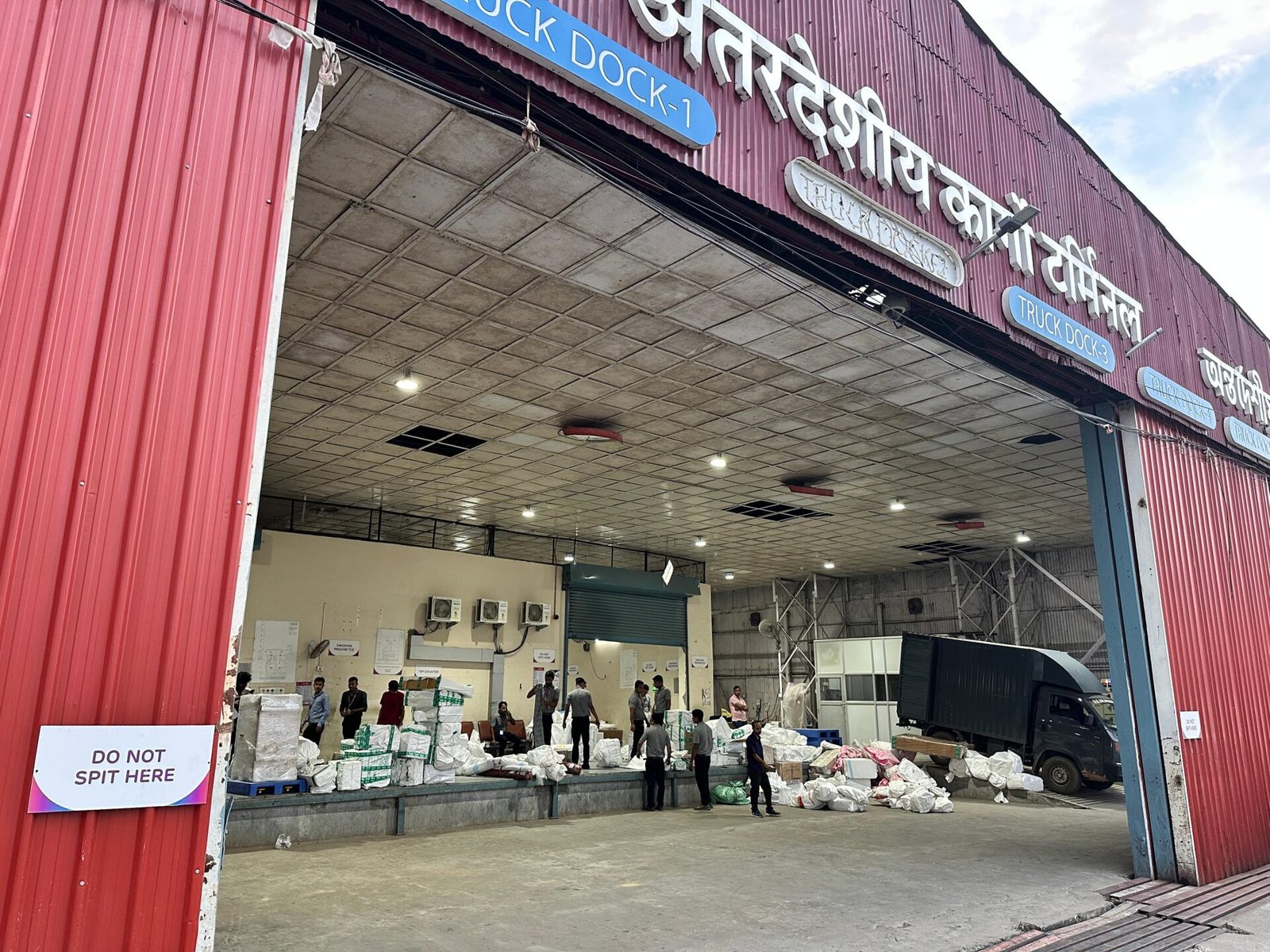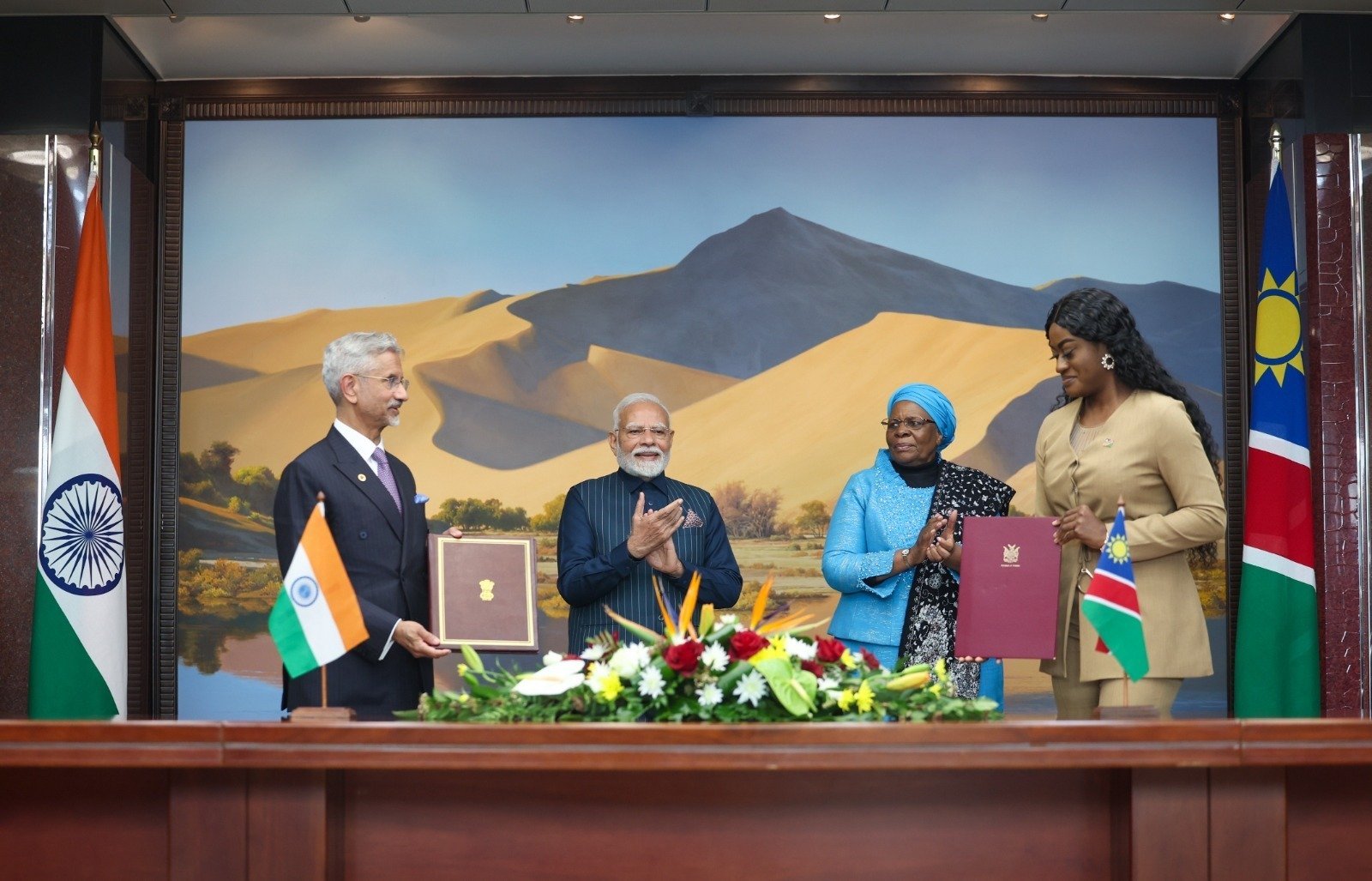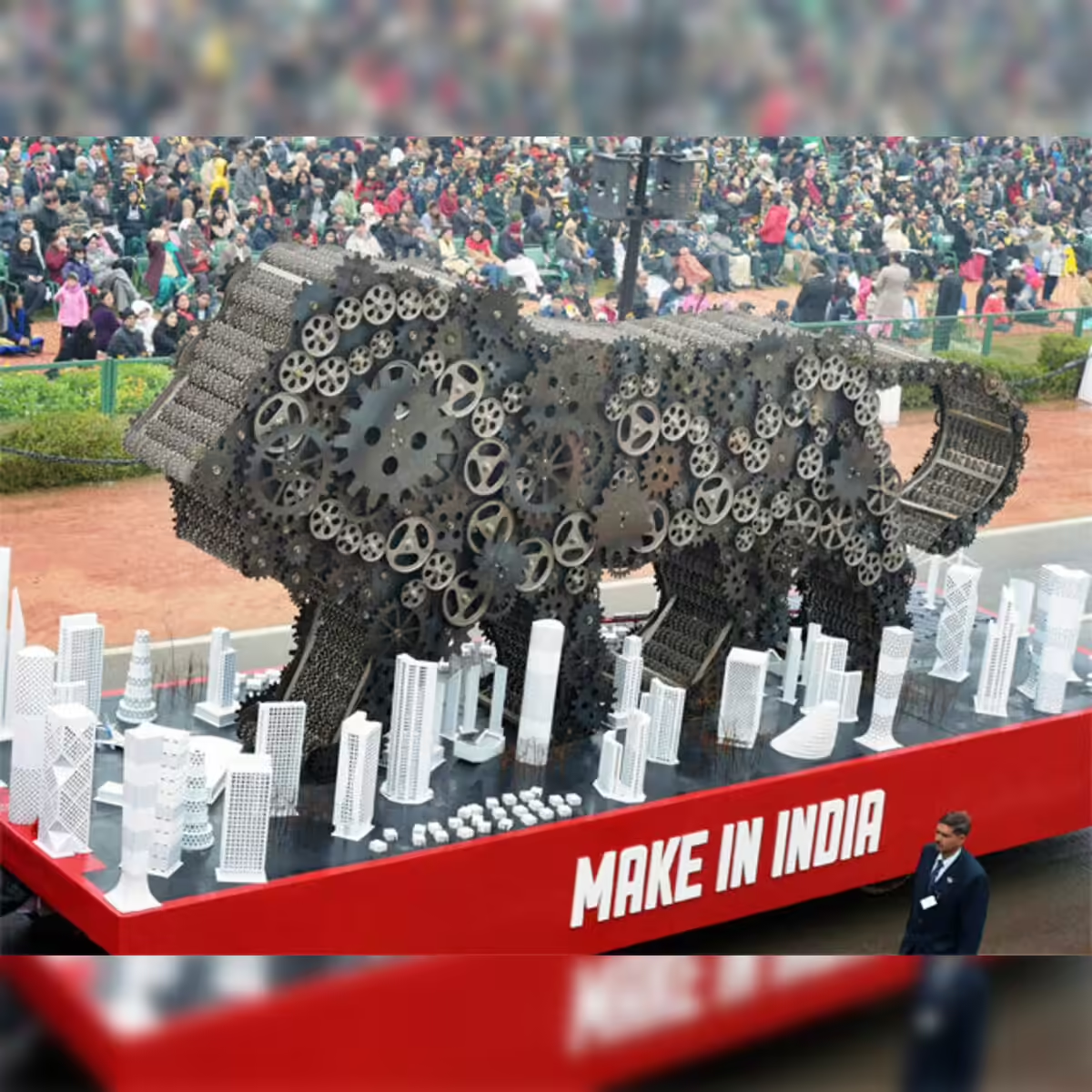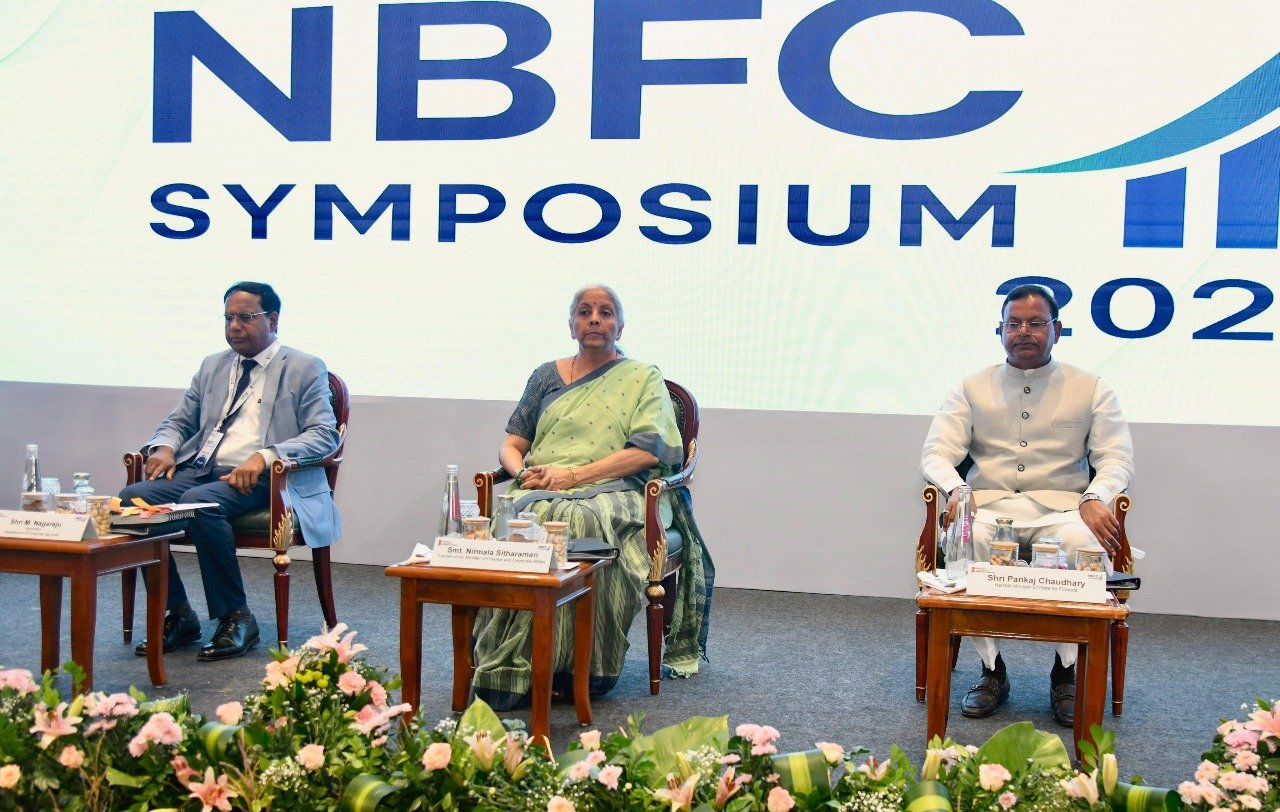by Mansor Puteh
26 FEBRUARY 2017 @ 5:22 PM
Hollywood is getting ready to lay the red carpet for the 89th Academy Awards which will be held in its permanent venue, the Dolby Theatre, formerly the Kodak Theatre, tomorrow (to be aired live on HBO from 8am onwards).
Inside, the stage is being completed, and later the red carpet laid from the road all the way up the stairs to the hall.
And scores of new Oscar statuettes have been minted to be given away and taken with pride by winners in various categories.
Even though officially the Academy of Motion Pictures, Arts and Science (AMPAS) considers each of them to be worth no more than US$5 (or around RM22 only!), and this is what the winners are paid should they decide to sell them back to the Academy.
I have just arrived in Los Angeles from Kuala Lumpur, via an overnight stay in Guangzhou, China.
Taking two buses from Inglewood in Los Angeles, to get here and got off at the junction of Hollywood Boulevard and Vine (Avenue), from where I could see the famous Capitol Records building and looking at the old and new generation of “stars” of Hollywood and the entertainment industry at my feet with the Dolby Theatre at the far end.
It is a sight I have been familiar with, having been here several times over the years.
Standing on the sidewalks along Hollywood Boulevard and walking on the names of the stars at the “Hollywood Walk of Fame”, I try to avoid stepping on some names I am familiar with; and looking at the many people milling about in Hollywood, especially outside of the Dolby Theatre and Mann’s Chinese Theatre, they are mostly tourists from Europe, with a few from Asia.
Of all the “stars”, only one is not laid on the sidewalk. The “star” belongs to the legendary world heavyweight boxing champion, Muhammad Ali.
In a break with tradition, the star was mounted on the wall instead of the pavement at the Kodak Theatre entertainment complex.
The reason? Because the former boxer, 59 at the time, said he did not want his name to be trampled by all, since his name bears the name of Prophet Muhammad.
I had not bumped into any Malaysian tourists the few times I were here.
But that did not stop me from being greeted with “Terima Kasih” – from a Myanmar man who operates a store selling souvenirs including plastic replica of the Oscar statuettes.
Apparently, he had lived in Malaysia for a while. I was trying to find the other store selling similar things where I had gone two years ago, so I could see and speak again with the store clerk, who is from Bangladesh.
But I ended up at a restaurant which to my surprise offers “Halal” food. So I ordered a slice of Halal pizza for lunch.
Of course, looking at Hollywood using the current and unpopular political postulations, one could feel that Hollywood is being swarmed by refugees or immigrants, especially from Arab and Muslim and other countries.
And what is Aziz Ansari doing here in Hollywood with his name splashed on huge billboards that I had been seeing since two years ago?
It turned out that Aziz is a Indian-Muslim and American-born, who is a stand-up comedian here in America.
Aziz liked to crack jokes about his ethnicity and mostly religious backgrounds, as did earlier comedians, Bob Hope who like to joke about how Sammy Davis, Jr. “had more chains on him than his ancestors”.
Bob Hope was British who came to Hollywood to develop his talents (as did Elizabeth Taylor, Alfred Hitchcock, Charlie Chaplin and a host of others); and Sammy Davis, Jr., whose ancestors were from Africa, although he would later admit to being ‘a one-eyed Jew who is Black.’
But there are some who are the temporary immigrants or refugees who are welcomed because they have lots of cash.
They are mostly referred to as “tourists” – those who had come from all over the world, who are willing to spend time buying things including souvenirs and other things here and wherever they go in the US, although most are made in China and Mexico and sometimes, Indonesia and also Malaysia.
But again, if one were to look at Hollywood and its history which did not go too far back, since the early 20th century, one can easily say that it was this group of people who had come from all over the world to help create it to be what it is today.
There were film directors, writers, actors, singers and others from Europe and Turkey who had all contributed to its success especially Elia Kazan who directed “On The Waterfront”, “A Streetcar Named Desire” and “East Of Eden” staring James Dean.
Even our own midget actor Ibrahim Pendek, from the Shaw Brothers’ Malay Film Production Studios in Jalan Ampas in Singapore, too, had been brought over in the early 1962, to act beside popular Hollywood actor, Rock Hudson, in “The Spiral Road”.
Other notable Hollywood actors especially, Bob Hope had done the reverse, by coming to Southeast Asia to act in his ‘”road films” including “Road To Bali” trying to connect with people from distant lands.
Hollywood wanted connections… Douglas Melford had gone much further; he produced “The Sheik” which is set in an Arab country, during the “Silent Era” of Hollywood which starred Italian-American actor, Rudolf Valentino as an Arab sheikh, and who would be later described as the most enduring “romantic hero” of Hollywood.
Many of the popular Hollywood actors and actresses during the “Silent Era” could not make it to the “Sound Era” because they spoke English in their peculiar European and other accents, that gave the strong indication as to the massive contributions those refugees and immigrants had contributed to the development of early Hollywood to make what it is today, for which many have taken for granted.
The German sound technicians could not pronounce words in English so they said “Mittout Sound” for “Without Sound” which was later initialised as MOS for film takes that were recorded without sound. President Donald J Trump is of German ancestry…
The Academy Awards or Oscar Night offers a lot of glamour and a heightened sense of belonging, camaraderie and friendly competition amongst the film fraternity in Hollywood and frightened sense of excitement from the hundreds of millions of fans of films that Hollywood produces.
But for me, the night of jubilation to some that to me could turn out to be a sad affair as it had turned out a few times in the past when someone I knew, who had taught me at the Film Division of Columbia University in New York City, appeared in the “Memoriam” section.
Samson Raphaelson wrote screenplays during the “Silent Era” of Hollywood for Billy Wilder who died many years ago.
And not so long ago, an instructor for the History of Motion Pictures course I had taken, Andrew Sarris, died.
He was also a famous film critic of the Village Voice newspaper.
I was a student of the School of Mass Communications of the Institut Teknologi Mara (now know as UiTM) majoring in Advertising when the students and I were invited to watch a film at a special screening of “Cuckoo’s Nest” at the then Cathay Cinema in Bukit Bintang in Kuala Lumpur.
Hollywood then seemed like a million miles away from Shah Alam.
It was directed by Milos Forman, a Polish who had left his country as a refugee to work in Hollywood.
Milos won Best Director for this film. Little did I realise that Milos was also the co-chairman of the Film Division of Columbia University in New York City, where I would later enrol in the Fall of 1978 to major in film with the other chairman, Frantisek (Frank) Daniels, a fellow Polish.
Milos made a film when I was at Columbia called, “Ragtime” and invited some students to join the crew. And later he directed “Amadeus” on Wolfgang Amadeus Mozart, after I had left the university, for which he won Best Director.
I have only known one former classmate at Columbia who won an Oscar nomination, Ron Nyswaner who was nominated for Best Screenplay in 1994 for “Philadelphia” for which Tom Hanks won an Oscar for Best Actor.
And an instructor for post-production methods won and Emmy for best editing for a documentary called “Pumping Iron”.
A few days later, he came to class but there was no jubilation or even celebration and nobody came to congratulate him for his win; what he had won was in the past.
Final note: I am staying in Inglewood, Los Angeles, with some recent refugees from Rohingya, who I had known for many years and helped them out whenever I could, even recording videos of their weddings, when they were living in Malaysia, and have been resettled by UNHCR to Los Angeles.
There are others who preferred to go to Salt Lake City, Utah and San Antonio, Texas and other cities in America.








